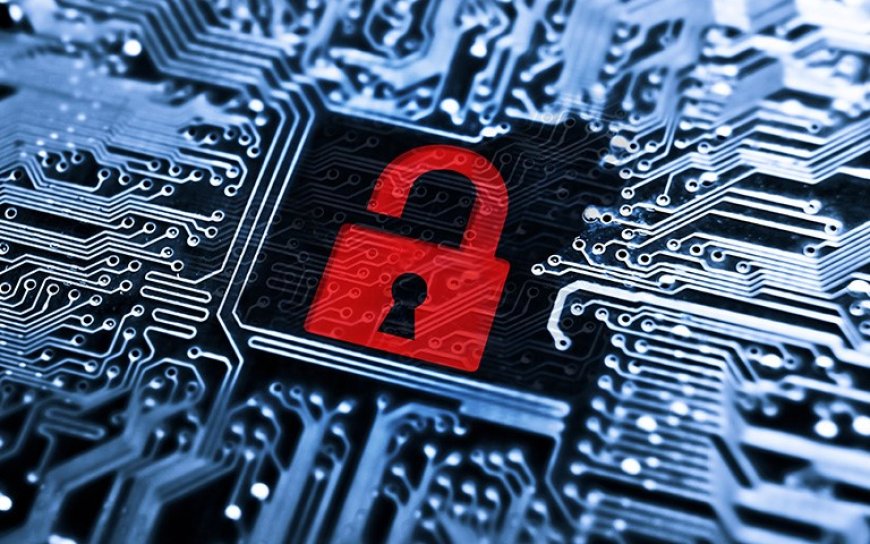Working together for a secure cyberspace is key: Huawei experts

As digitalization connects the world, cybersecurity is becoming more important than ever before. In the news, we’ve seen an increase in cyberattacks aimed at critical infrastructure such as energy, healthcare, and transportation. These attacks have affected the lives of millions of people around the world.
Meanwhile, as a result of the pandemic, people are spending more time online. And many people have continued to work remotely, even after the pandemic. This makes it more important that we do everything possible to ensure a healthy and secure cyber space.
In the telecoms sector, industry organizations like GSMA and 3GPP have been working closely with industry stakeholders to promote NESAS Security Assurance Specifications and independent certifications.
These baselines have seen wide acceptance in the industry, and they play an important role in the development and verification of secure networks. However, we still have a lot of work to do. Cybersecurity is a complex, evolving challenge that requires close collaboration and information-sharing. We still lack a standards-based, coordinated approach across the industry, especially when it comes to governance, technical capabilities, certification, and collaboration.
At Huawei, cybersecurity is our top priority. We take this responsibility seriously, because we owe it to our customers – and their customers – to make sure that the equipment they’re using is healthy and secure.
For the past 30 years, we have served more than 3 billion people around the world, supporting stable operations of more than 1,500 carrier networks in over 170 countries and regions, and we have maintained a solid track record in cybersecurity this whole time.
This is the result of continuous long-term investment in cybersecurity management practices and technology for more than 20 years. We currently have more than 3,000 cybersecurity R&D personnel, with 5% of our R&D spend focused exclusively on boosting the security of our products.
Looking to the future, we need to keep working on cybersecurity to secure cyberspace The bottom line is that cybersecurity risk is a shared responsibility, and we need to treat it that way. We need to set shared goals, align responsibilities, and work together to build a trustworthy digital environment that meets the challenges of today and tomorrow.












